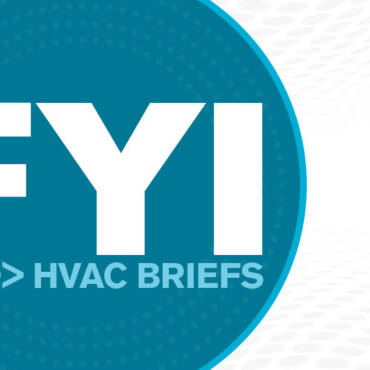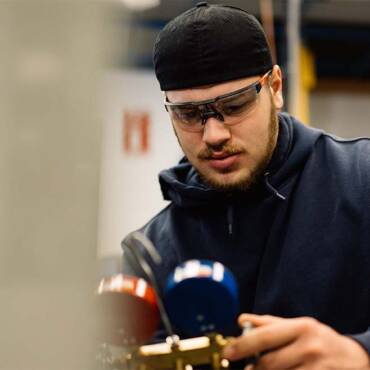When it comes to your air conditioner (AC), a common term used in the heating, ventilation, and air conditioning (HVAC) business you are likely to see everywhere is your air conditioner’s SEER. But what exactly is SEER?
SEER
SEER stands for Seasonal Energy Efficiency Ratio—a rating system of the air conditioner’s cooling capacity to power input. In technical terms, it’s the ratio of the amount of cooling produced (in British Thermal Units, or BTUs) divided by the amount of electricity (in watts) used. The higher the SEER, the greater the air conditioner’s efficiency.
According to the US Department of Energy (DOE), heating and cooling units use more energy than any other system in your Beaufort, NC, home. So when you are in the market for a new air conditioner, you will want to pay attention to the SEER level of the different units you are considering.
The higher the SEER number, the more efficiency bang you will get for your efficiency buck. This translates to money you save in the long run on energy costs.
The DOE requires residential air conditioner systems manufactured after January 1, 2015, to have a minimum SEER based on their location in the country. The country regions were divided in North and South, with the South being further divided into Southeastern and Southwestern regions. Minimum ratings range from 13 to 14 SEER.
Previously all systems manufactured after January 23, 2006, needed to have a minimum SEER rating of 13 (with the exception of window units, being exempt from this law). Older air conditioners have a SEER rating of 10 or under. You can usually find your system’s SEER rating on the yellow-and-black EnergyGuide sticker on the outside of your unit.
Saving Money by Upgrading
If your system is 10 to 15 years old but continues keeping you cool in the summer, you might still want to consider investing in a newer unit. By upgrading to a modern, more efficient model, depending on your current unit’s SEER, you could save quite a bit of money annually on your cooling bill.
To illustrate, say your current system has a SEER rating of 9. If you upgraded to an air conditioner with a 13 SEER, which is the lowest efficiency available, your power consumption would be reduced by 28 percent. Depending on how much you use your system and your cost of electricity, that could save you about $300 a year in energy costs.
The DOE has accessible online energy-efficiency calculators you can find to help you predict the energy costs you will save with different units carrying various SEER ratings. If you would like a more precise analysis, call Four Seasons Heating & Cooling, and we would be happy to send one of our knowledgeable technicians out to go over the possible savings with you.
Which SEER Is for You?
To carry the Energy Star® label, an air conditioner must be in the top 25 percent of efficient models and have a minimum SEER of 14. But automatically purchasing an air conditioner with a higher SEER is not the go-to answer. Unfortunately, things are not that cut and dry.
The SEER rating represents the potential efficiency of the unit under perfect conditions. Much of the system’s efficiency depends on the right sizing of the unit for your home, along with correct installation and an evaluation of other factors as well. For example, your ductwork and windows may have leaks, thus directly affecting your energy savings.
Also, keep in mind your air conditioner does not operate within a vacuum. It’s directly tied to your furnace or heating system. Depending on what equipment you presently have and its age, this definitely factors into your air conditioner’s SEER rating.
Even though your proposed new unit has an 18 SEER, once married to your current furnace, the SEER may decrease to a 15 or 16. What you need to aim for is the right-sized equipment operating at its optimal ratings within varying conditions for the best savings and comfort for you.
Contact Us for Your Air Conditioning and SEER Needs
At Four Seasons Heating & Cooling, we have specialist technicians here in Beaufort, NC, who calculate these various factors when proposing the optimal system for your home, comfort, and budget. Give us a call at 252-247-5500 or request service online, and we would be happy to help you with any of your air conditioner needs.
Whether you require installation, repair, or maintenance, our technicians will assist you with top-quality service at any time of the day or night. Take comfort in knowing your indoor air quality is the best it can be with MOE heating & cooling services Ontario's solution for heating, air conditioning, and ventilation that’s cooler than the rest.
Contact us to schedule a visit. Our qualified team of technicians, are always ready to help you and guide you for heating and cooling issues. Weather you want to replace an old furnace or install a brand new air conditioner, we are here to help you. Our main office is at Kitchener but we can service most of Ontario's cities
Source link




Add Comment